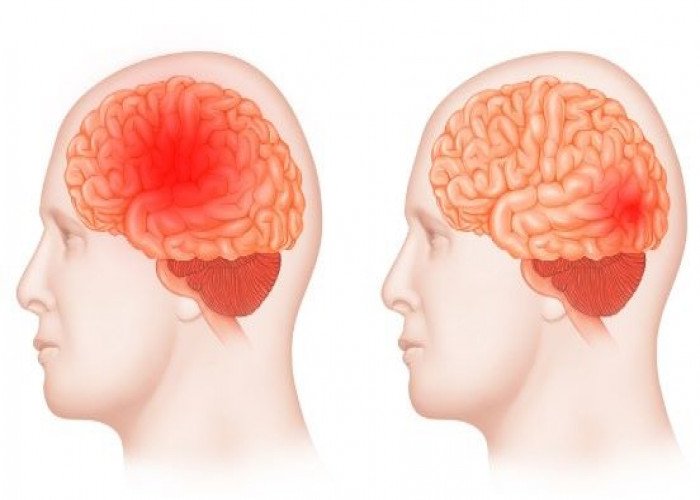 Welcome
Welcome
“May all be happy, may all be healed, may all be at peace and may no one ever suffer."
Frontal lobe seizures
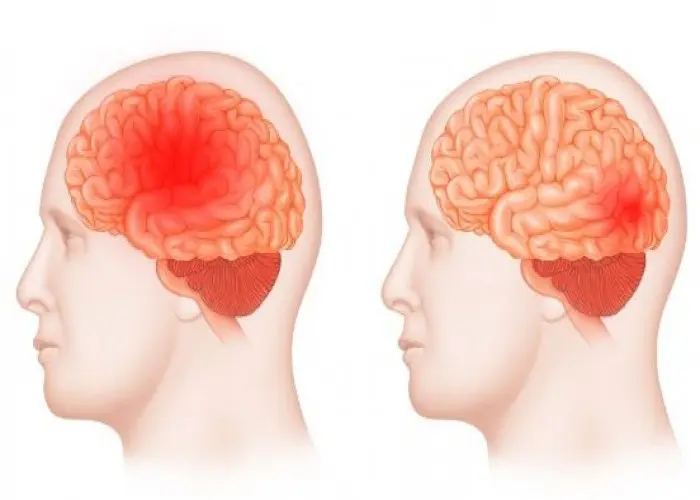
Frontal lobe seizures, also known as partial seizures, are a type of seizure that originates in the frontal lobes of the brain. The frontal lobes are responsible for a range of functions, including movement, speech, judgment, and problem-solving.
Symptoms of frontal lobe seizures can vary depending on the location and severity of the seizure. Some common symptoms include:
- Unusual movements or behaviors, such as repetitive or purposeless actions
- Numbness or tingling in the arms or legs
- Changes in mood or personality
- Difficulty speaking or understanding speech
- Muscle weakness or paralysis on one side of the body
- Loss of consciousness
Frontal lobe seizures can be caused by a variety of factors, including head injury, infection, brain tumors, or genetic conditions.
Diagnosis of frontal lobe seizures typically involves a thorough medical history, neurological examination, and brain imaging studies such as MRI or CT scans. An electroencephalogram (EEG) may also be used to detect abnormal electrical activity in the brain.
Treatment for frontal lobe seizures may involve medication, surgery, or other therapies to manage symptoms and prevent further seizures. It is important to work with a healthcare professional to determine the most appropriate treatment plan for your individual needs.
Research Papers
Disease Signs and Symptoms
- Difficulty speaking
- Seizures
- Complete or partial unresponsiveness or difficulty speaking
- Increasingly inappropriate social behavior
Disease Causes
Frontal lobe seizures
Frontal lobe seizures, or frontal lobe epilepsy, can be caused by abnormalities — such as tumors, stroke, infection or traumatic injuries — in the brain's frontal lobes.
Frontal lobe seizures are also associated with a rare inherited disorder called autosomal dominant nocturnal frontal lobe epilepsy. If one of your parents has this form of epilepsy, you have a 50 percent chance of inheriting the abnormal gene that causes this disorder and developing the disease yourself.
For about half the people who have frontal lobe epilepsy, the cause remains unknown.
Disease Prevents
Disease Treatments
Over the past decade, treatment options have increased for frontal lobe seizures. There are newer types of anti-seizure medications as well as a variety of surgical procedures that might help if medications don't work.
Medications
All anti-seizure drugs seem to work equally well at controlling frontal lobe seizures, but not everyone becomes seizure-free on medication. Your doctor might try different types of anti-seizure drugs or have you take a combination of drugs to control your seizures. Researchers are continuing to look for new and more-effective medications.
Surgery
If your seizures can't be controlled with medications, surgery might be an option. Surgery involves pinpointing the areas of the brain where seizures occur.
Two newer imaging techniques — single-photon emission computerized tomography (SPECT) and subtraction ictal SPECT coregistered to MRI (SISCOM) — can help identify the area generating seizures.
Another imaging technique, known as brain mapping, is commonly used before epilepsy surgery. Brain mapping involves implanting electrodes into an area of the brain and using electrical stimulation to determine whether that area has an important function, which would rule out surgery on that area. In addition, functional MRI (fMRI) is used to map the language area of the brain.
If you have surgery for your frontal lobe seizures, you're likely to continue to need anti-seizure medication after the surgery, although possibly at a lower dose.
Surgery for epilepsy might involve:
- Removing the focal point. If your seizures always begin in one spot in your brain, removing that small portion of brain tissue might reduce or eliminate your seizures.
- Isolating the focal point. If the portion of the brain that's causing seizures is too vital to remove, surgeons might make a series of cuts to help isolate that section of the brain. This prevents seizures from moving into other parts of the brain.
- Stimulating the vagus nerve. This involves implanting a device — similar to a cardiac pacemaker — to stimulate your vagus nerve. This procedure usually reduces the number of seizures.
- Responding to a seizure. A responsive neurostimulator is a newer type of implanted device. It is activated only when you begin to have a seizure, and it stops the seizure from occurring.
- Deep brain stimulation (DBS). This newer procedure involves implanting an electrode into your brain that's connected to a stimulating device, similar to a cardiac pacemaker, which is placed under the skin of your chest. The device sends signals to the electrode to stop signals that trigger a seizure.
Disease Diagnoses
Disease Allopathic Generics
Disease Ayurvedic Generics
Disease Homeopathic Generics
Disease yoga
Frontal lobe seizures and Learn More about Diseases

Nasal and paranasal tumors

Broken ribs

Behcet's disease

Alcohol use disorder
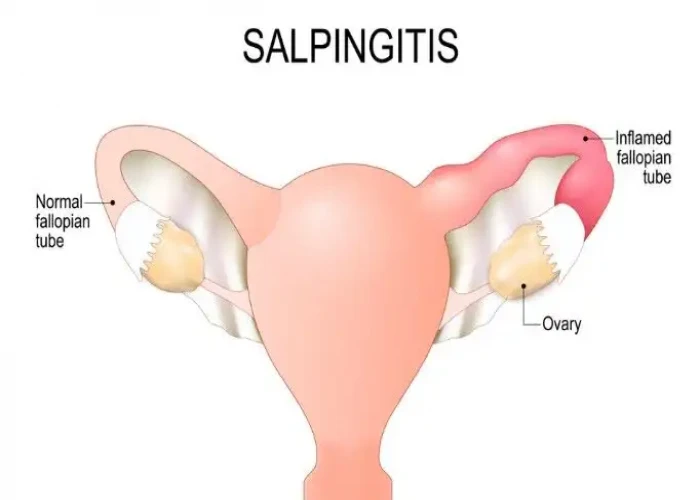
Salpingitis
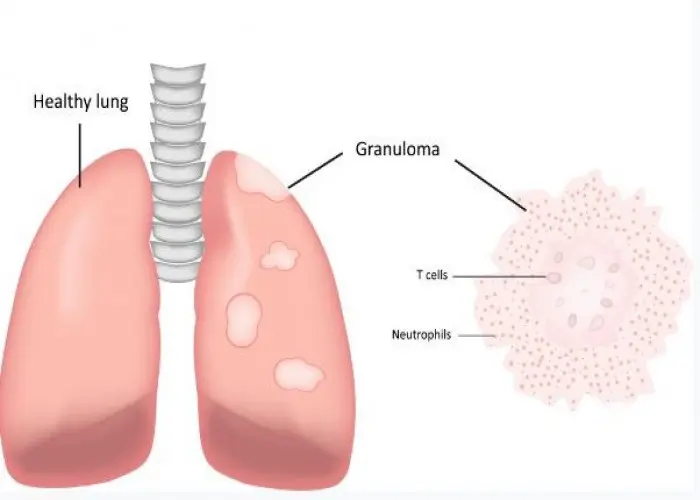
Granulomatosis with polyangiitis

Cleft lip and cleft palate
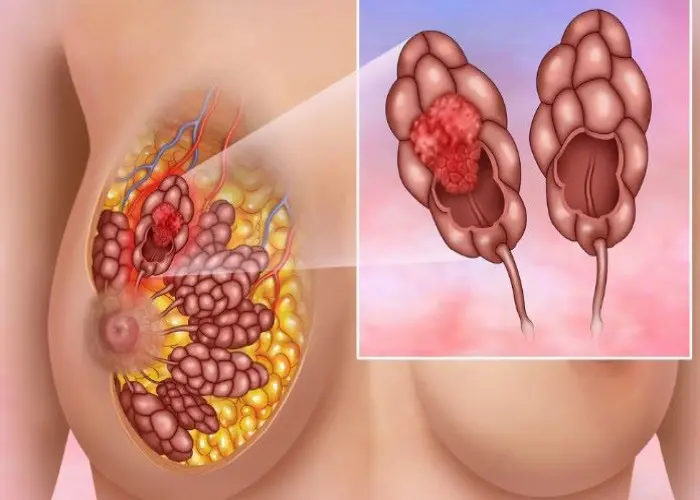
Invasive lobular carcinoma
Frontal lobe seizures, সামনের লোব খিঁচুনি
To be happy, beautiful, healthy, wealthy, hale and long-lived stay with DM3S.
